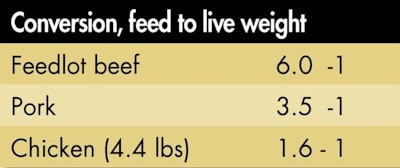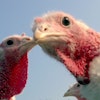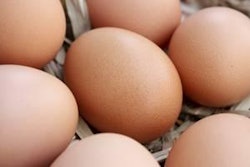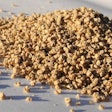
The surprise USDA crop report this October and the resulting spike in corn prices highlights an important challenge to animal agriculture, the rising cost of grain. During the 20th century animal agriculture had the wind at its back as the real cost of grain dropped. A bushel of corn was worth $1.50 in 1950. When adjusted to today’s dollars that is $12 per bushel. By the end of the century, a bushel of corn was worth $3 per bushel in today’s dollars. The price of corn therefore fell 75% between 1950 and 2000.
With corn at $12 per bushel back in 1950, the cost of producing meat was high and consumption was lower. The total consumption of meat in the U.S. in 1950 was only 144 pounds per capita compared to 220 pounds in the peak year of meat consumption, 2006. Not all the difference was lower grain cost. Animal protein production became more efficient over time, and per capita income increased significantly as well. Nevertheless, a significant portion of the increase in consumption can be attributed to a rapid and significant drop in the cost of corn and other grains.
New century to bring more costly grains, meats
This century is different. Thanks the increased demand for corn to produce ethanol and the reduction in the world per capita arable land (mostly to population growth and urbanization), the price of grain is increasing. It is possible, even likely, that corn will return to its 1950 value by the year 2050. As a result, the cost of producing meat will increase.
Although grain costs may rise by 200% in real dollars between 2000 and 2050, the per capita consumption of meat is not likely to fall. Increased efficiency and per capita income are likely to counteract the negative effects of higher grain cost. Nevertheless, meat consumption may stop rising. Future changes in meat consumption could be a zero sum game. That is, an increase in the consumption of one meat will be matched by a decrease in the consumption of another meat. Chicken, having a better feed conversion, may take market share from beef as grain prices rise.
Efficiencies still to be tapped
Chicken not only has the best feed conversion of the major meats but there is no end in sight to the improvements in the efficiency of chicken production. In 1925, it took 112 days to get a 2-pound chicken with a feed conversion of 4.7 to 1. One hundred years later, in 2025, it will take 35 days to get a 5.5-pound chicken with a feed conversion of 1.5 to 1, as can be seen on the table of typical world chicken production results.








